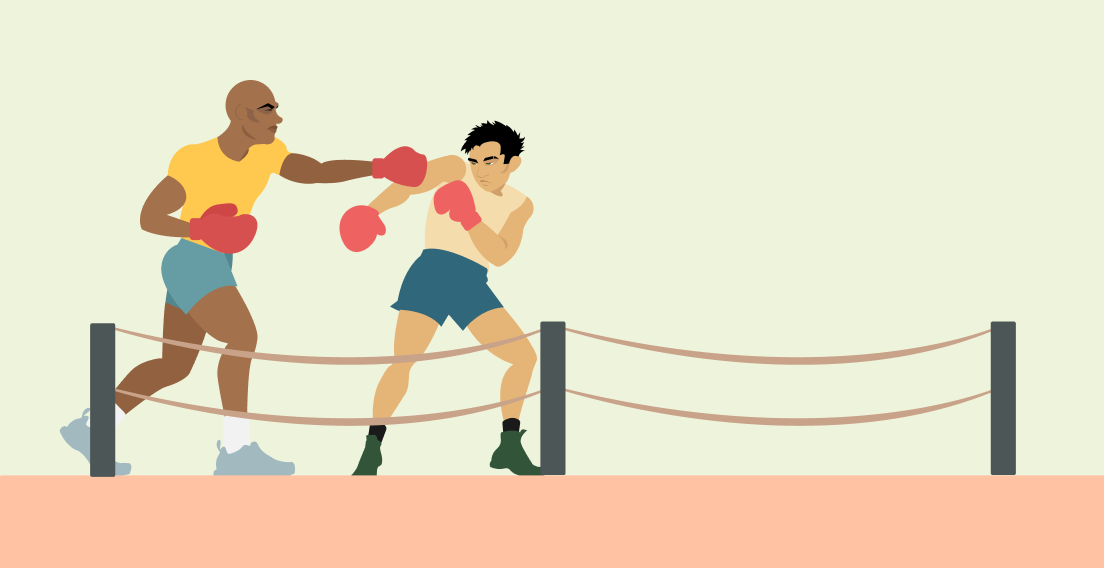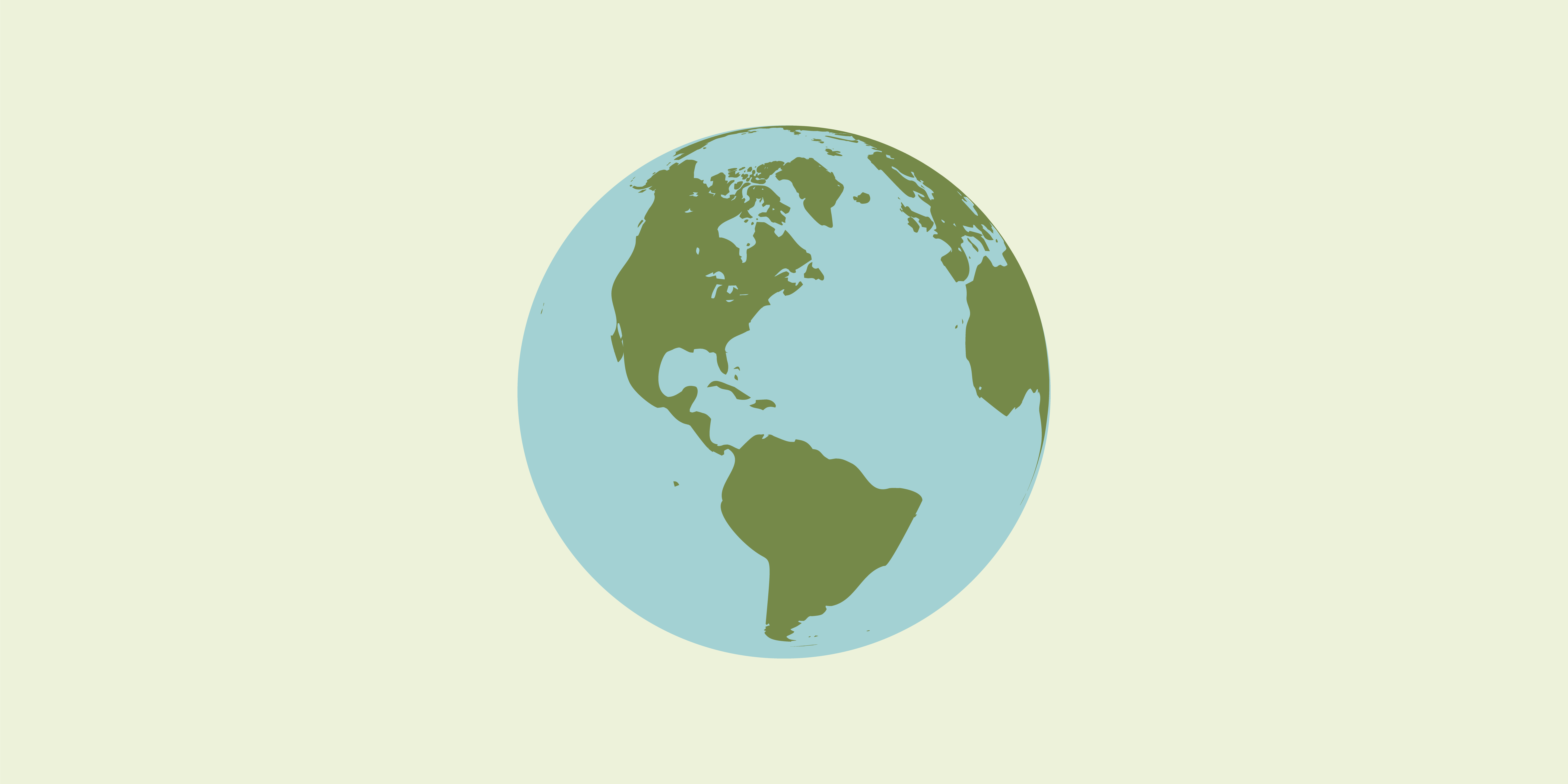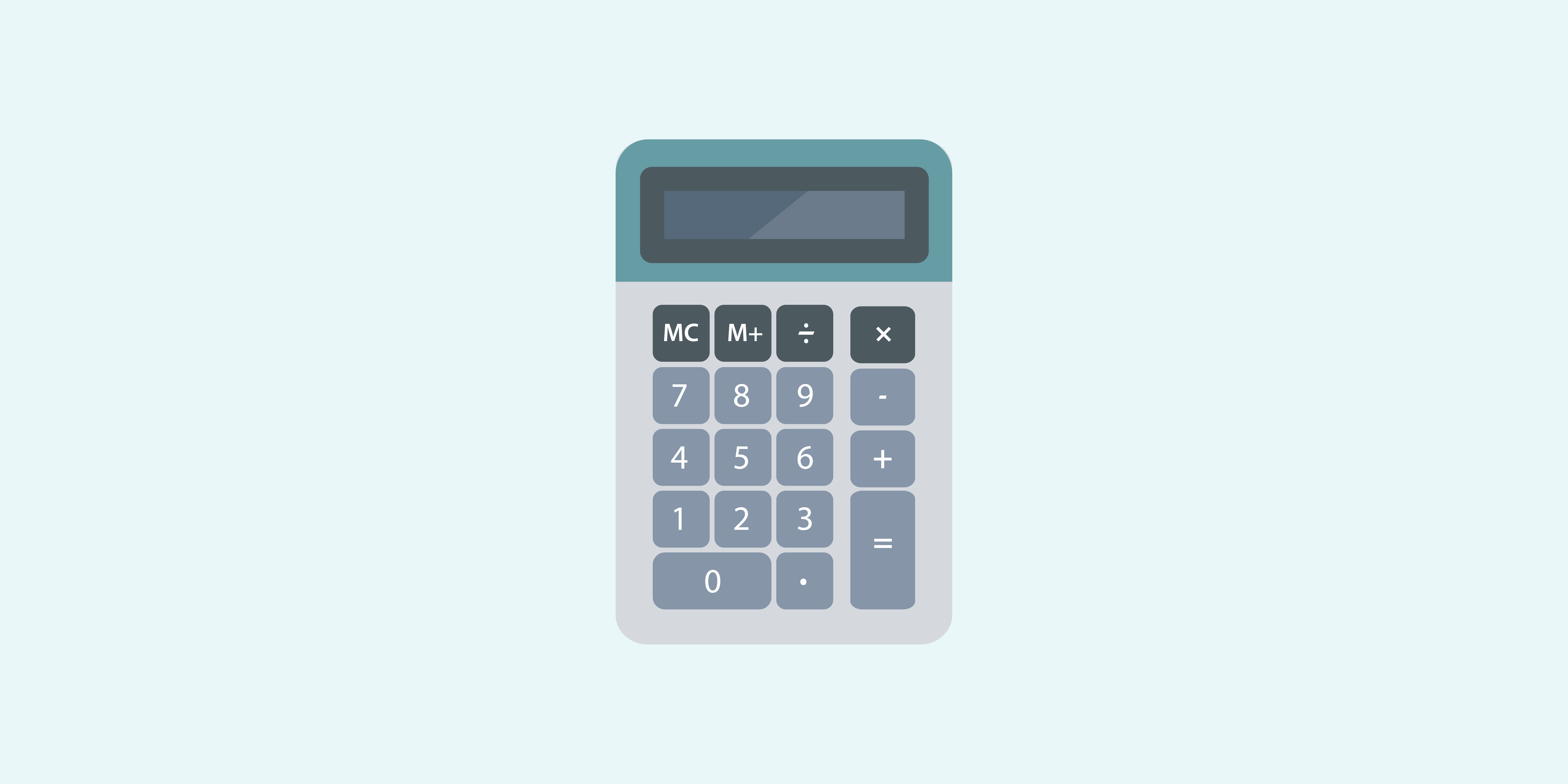Free trade means countries can exchange goods and services without restrictions, helping everyone access what they need and make money selling what they don’t.
Humans figured out the value of trade centuries ago, but as civilizations became more sophisticated, they established rules and agreements to make sure those trades were fair.
Free trade is generally thought to be a good thing – it helps economic growth and improves standards of living while preventing monopolies that would drive up prices.
Although the economic growth that comes from free trade isn’t always evenly spread among trading countries and can lead to job losses, economists believe the overall benefit is a positive one.
Governments that endorse free trade can still move to protect certain industries by imposing tariffs, subsidies, taxes or quotas on some imports or exports.
Protectionism
If a country chooses not to participate in trade agreements at all – or makes it difficult for its citizens to access foreign goods – the opposite of free trade happens: protectionism.
Its proponents argue protectionism can provide a competitive advantage and create jobs, as it shields sectors like manufacturing from foreign competition from producers who make the same goods at a much cheaper rate.
Critics say protectionism is harmful because it slows economic growth and increases prices.
Canada’s economy is very reliant on trade, especially with its closest neighbour and biggest trading partner, the United States. The U.S., however, has a history of toying with protectionism, despite the fact that it has trade agreements with several countries, including China, Canada and Mexico.
That contrast became increasingly apparent under U.S. President Donald Trump, who pushed a “Buy America, Hire American” policy as part of his promise to “Make America Great Again” and put his country first.
In fact, much of the economic news cycle in 2017 and 2018 was dominated by the possibility of a trade war between the U.S. and China over steel and aluminum products, later, between the States, Canada and Mexico.
Tariffs
Tariffs are one way to prevent foreign imports from flooding a local market.
They are essentially a tax that has to be paid on a set of imports, making products from other countries more expensive to buy than those made at home. Tariffs may also be applied to exported goods in order to prevent a shortage at home.
A country can also subsidize its own exports, making it cheaper for domestic manufacturers to produce goods, or impose quotas to limit the quantity of imports coming in.
It’s also possible to pass legislation to impose trade restrictions on foreign products.
A lot of those restrictions benefit producers more than consumers, whose choices become limited when imports decline, but the reasoning behind such tariffs and quotas are often more political than economic.
There are legitimate reasons listed under the U.S.’s General Agreement of Tariffs and Trade (1947) to allow for tariffs, such as market disruption, national security or unfair practices – issues that countries can all bring up with the World Trade Organization, in hopes the offending country will backtrack once it’s been slapped on the wrist.
Which you hope is the case, because the thing about tariffs is that when one country imposes restrictions on another, the target retaliates, and trade becomes more restricted.
When the U.S. suddenly imposed tariffs on Canada in 2018 on aluminum and steel imports, Canada responded swiftly, saying it would now tax a variety of imported U.S. goods, including strawberry jam, ketchup and lawn mowers and toilet paper.
When Trump imposed tariffs on Chinese imports of steel and aluminum earlier that same year, China’s ambassador to the U.S., Cui Tiankai, warned anyone who wanted to fight a trade war with his country that if they wanted “to play tough, we will play tough with them and see who will last longer.”
Trade Wars
So what does it mean when two countries face a full-blown trade war?
For the most part, you get flag waiving, anxiety and higher prices. When two countries start raising tariffs or creating trade barriers against each other, outputs may decrease as manufacturers are forced to pay more for raw materials.
Consumers are also likely to be hit by higher inflation, as prices for products sources from countries facing tariffs rise. Businesses may delay investments, opting to wait and see how things play out.
Monetary policy also tends to shift as a result of trade troubles, which often create increased market volatility as well.
Most experts will tell you no one wins a trade war, but once sanctions have started, it can be hard for the players to find their way back to diplomacy.





